
When pain occurs in the heel, it is usually not the result of a single injury like a fall, rather it may be the result of a repetitive pounding of the heel.
Plantar fasciitis is an inflammation of the thick connective tissue on the sole of the foot that is attached to the heel. The pain usually occurs at the bottom of the heal and is usually worse in the morning because of the stiffness that takes place overnight.
Some things that can increase the chances of developing heel pain are shoes with poor arch support or soft soles, quick turns that put stress on the foot, tight calf muscles, and repetitive pounding on the feet from running or similar activities.
Bone spurs in the heel can also accompany Plantar fasciitis, but are usually not the real source of pain.
An inflammation of the back of the heel can be caused by landing hard or awkwardly on the heel or from pressure on the foot from shoes.
Achilles tendinitis is a condition in which the large tendon that connects the calf muscle and heel is inflamed.
It can be caused by running on hard surfaces, tightness and a general lack of flexibility in the calf muscles, shoes with no shock absorption, or a sudden turning of the heel when hitting the ground.
In order to treat the pain, it is necessary to rest as much as possible for at least a week and apply ice to the painful area for at least 10 minutes twice a day.
A person can take painkillers like ibuprofen to decrease the pain and inflammation as well.
It is also important to wear proper fitting shoes and if the pain is really bad, it is good to see a physical therapist that will show a person stretching and strengthening exercises that will help.
If the pain is getting worse or there is little progress in two or three weeks of home treatment and the pain is severe with redness or swelling on the heel occurring, then it is best to contact a medical professional.
In order to prevent heel pain, the muscles of the calves, ankles, and feet must be maintained flexible and strong. It is also very important to always warm-up and stretch properly before getting into any kind of serious physical activity.
A person also needs to be wearing comfortable and properly fitting shoes that provide good support and cushioning for the foot.
Sometimes it is good have special shoes made especially for a person\'s foot that will be anatomically correct and give support where it is needed.




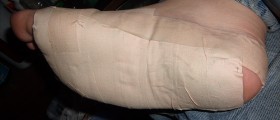



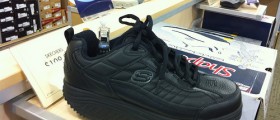


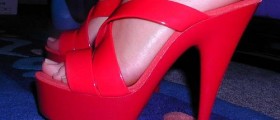
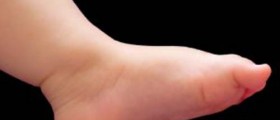
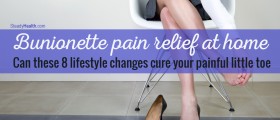
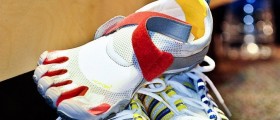
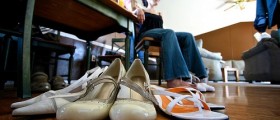
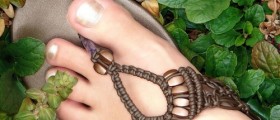
Your thoughts on this
Loading...